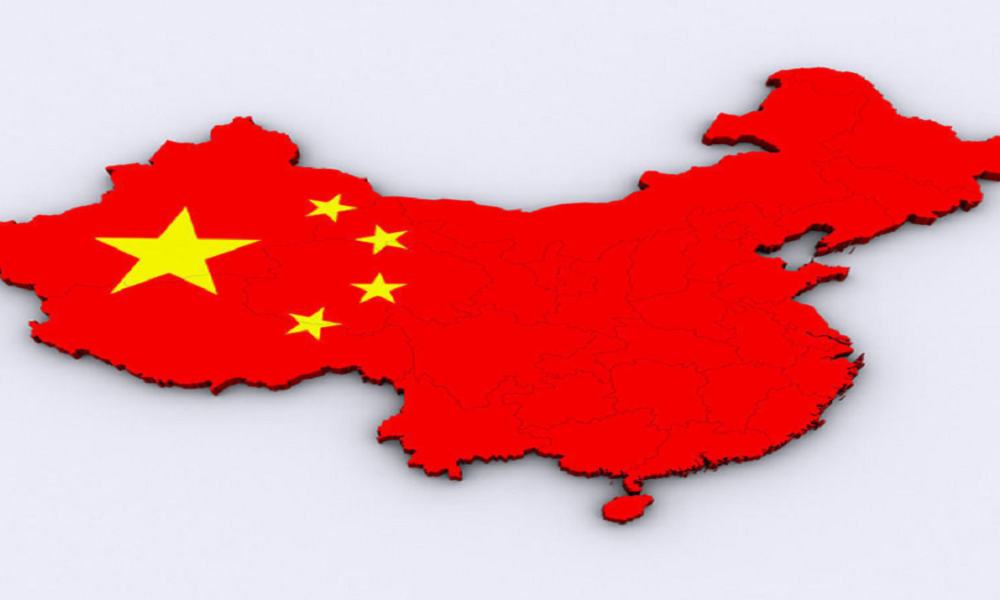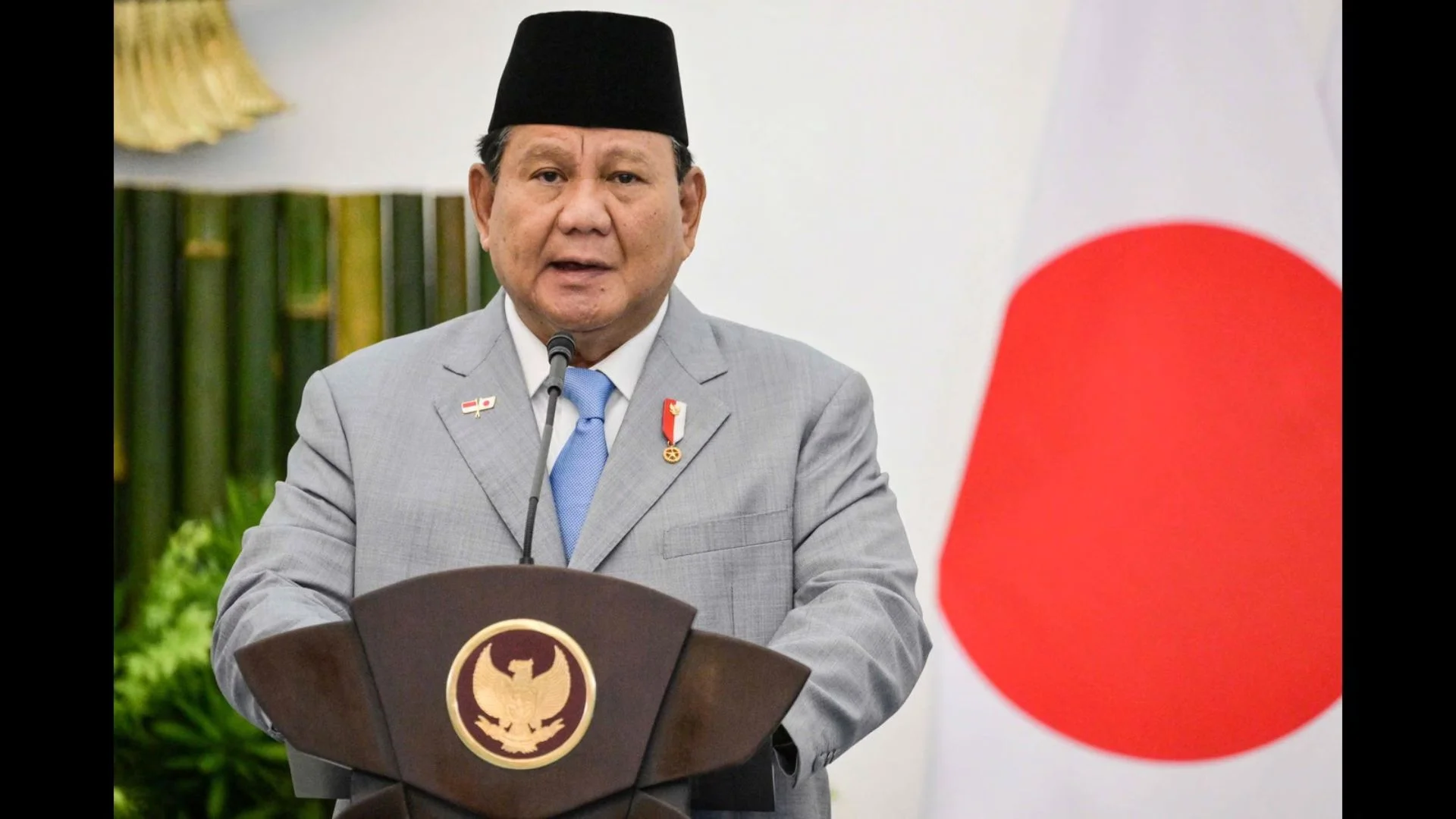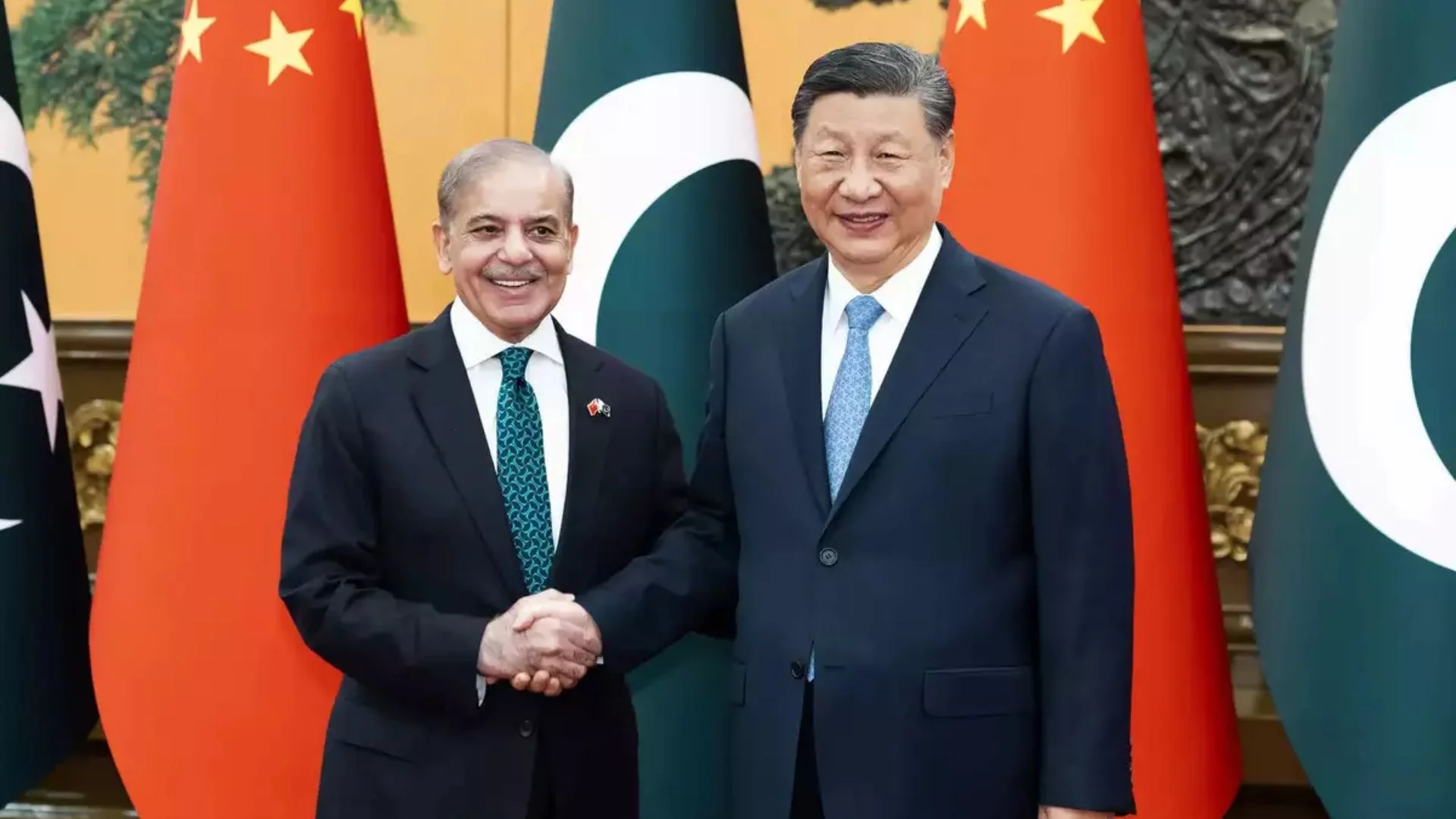Tianxia, meaning ‘all under the heaven’, is a reincarnation of China’s old body-politic as an alternative world order. It had its inaugural success in the 3rd century BCE with the Qin Kingdom which exercised a top-heavy, hierarchical, centralised, harsh, and control-cum-obedience structure largely in East Asia. It espoused a form of political authoritarianism that believed in centralized tyranny. It is however a counter-intuitive political order lifted from its imperial past and slightly refurbished and projected as a new world order antithetical to the existing Westphalian one. This orthodox political ideology seeks its ancestry and legitimacy from the Chinese wisdom-tradition of Confucianism of the 5th century BCE where a poetic idealism around enlightened totalitarianism was referred to. This politico-imperial archetype was not an immaculate framework as exaggerated. It too had its own share of corruption, officialdom, and despotism. Therefore, China’s promotion of the Tianxia version of the new world order as a transnational political doctrine embodies its own ambition to emerge as a global superpower. Beijing places this contesting world order as a new alternative to the Westphalian order, which is based on the principle of the sovereign nation-state, non-interference, peaceful coexistence, and balance of power.
INTERDEPENDENCE AS A FORM OF CONTROL
In Beijing’s Tianxia narrative, the ethos of interdependence is seemingly the cardinal proposition. It uses the premise of interdependence as a glossy exterior to clothe its actual intent of global penetration. There is nothing special in the Tianxia model as claimed. Its BRI (Belt and Road Initiative) juggernaut, the robust global geo-economic network, has successfully induced unavoidable interdependencies among the countries which came under its intercontinental canopy. The system of complex interdependence, a neo-liberal and transnational order, too promotes more dependencies. In practice, all interdependencies are not necessarily symmetrical. There are increasing numbers of asymmetries observed in China’s geo-economic interest under its global Leviathan, BRI. On the issue of asymmetric interdependencies, the countries such as Sri Lanka, Pakistan, Djibouti, Kenya, Nigeria, etc have slipped into China’s control owing to their inability to make the debt repayment. Failure to make payment compliances or any form of resistance shown to China’s geopolitical interest may lead to severing the umbilical cord of interdependencies, networks, and supply chains. It is assumed that China, being the new hegemon of the global supply chain, may resort to weaponising complex interdependencies to exercise its unbridled sovereignty as a singular global power fulfilling its Tianxia reverie. It may impose sanctions or inflict geo-economic coercion against the nations which fail to cohere with the Chinese new world order. The weaponising interdependence, as explained by Farrell and Newman, is realized through the application of chokepoint and panopticon modalities. China may employ the panopticon mechanism to exercise its surveillance arbitrarily over a resisting nation to collect the critical information to use them for its benefit or to force a nation to surrender. It may also choke a non-compliant nation applying chokepoint tactics by restricting or suspending a node that ensures connectivity. China configures global institutions to hegemonise over the network and supply channels as the USA weaponised SWIFT, a global payment system, to downsize Iran and to trace financial links with terror funding post 9/11. Moreover, Beijing’s new world order configuration is a work in progress. BRI is its backbone. Through BRI, Beijing has successfully acquired global geo-economic leverage and has forced the BRI-bound nations to implement its policies, promotionism, and products. China dwells upon the policy of internal repression and external dominance, and this constitutes its success story. It carves its own economic order which least adheres to the formalism of the World Bank, Asian Infrastructure Investment Bank, etc. It directly connects itself with its investing nation without involving any external intermediary and sets its own rules. This arbitrariness in framing terms and conditions of its engagement indicates Beijing’s aspiration of establishing itself as a global power centre. Xi’s advocacy of “a community of common destiny” is the sin qua non of a new era of foreign policy which sets its aspiration on achieving the Tianxia system of world order.
POST-COVID WORLD ORDER: APPREHENSIONS AND ALTERNATIVES
The post-Covid world order, as it is self-evident, is not very encouraging. In all likelihood, China may emerge as a big power that controls the global geo-economic and geo-political spectrum. The resurgence of Chinese Tianxia model of ‘all under one heaven’ may pose a serious challenge to the existing Westphalian or Kissingerian (equilibrium of forces) variant of world order. Robert D. Blackwill and Thomas Wright in The End of World Order and American Foreign Policy (2020) doubt the efficacy of Kissingerian world order in the foreseeable future looking into the current international politico-economic-pandemic trajectory shaped largely by the ongoing Covid-19 and its ominous and unpredictable aftermath. The USA, Canada, UK, EU, India, Japan, South Korea, Australia, South Africa, Brazil, and other nations sharing the values of democracy need to re-engineer urgently their policy parameters and form a global consortium towards achieving a shared objective of checkmating China’s crazy expansionism. Instead of endowing Beijing with the overlordship of the global market and surrendering to its control-freak tendencies, carving expeditiously a competitive political and economic market space internationally may shrink China’s supremacy. It would diversify the market and decouple China’s trade unilateralism. Developing nations would find a global cafeteria for the purposes of borrowing and buying according to their needs exercising their choice instead of cramping themselves to one source where everything is predetermined and arbitrarily fixed. This would reduce significantly the mounting debt-distress experienced by the developing nations, married unconditionally to China. Democratizing the market denotes the dethronement of the existing hegemon. This process of dethronement and the unending deferral of China’s complete mercantile mastery may make China breathless in competition, and this may defeat its Tianxia dream. This will recoil China back to its conventional role as a responsible partner in global trade. Confrontation, though it seems very likely as Covid 19 nearing no end, is not necessarily the solution because it will harm the world beyond repair. Alarming unemployment and economic paralysis across the world show the symptoms of an impending breakdown which may lead to blame-game bickering, denial tactics from the alleged, and confrontation. This seems to be the trajectory following the trail of events and crises since the outbreak of the pandemic. In such a scenario, finding alternative methods of conflict minimization without moving headlong into locking horns is always a win-win. Therefore, Friedrich Hölderlin, the German poet, reassures the conflict-remedy collocation, ‘But where the danger is, also grows the saving power. But, Beijing must be told its limit and the danger of overtaking it.
Dr Jajati K. Pattnaik is an Associate Professor at the Centre for West Asian Studies, School of International Studies, Jawaharlal Nehru University, New Delhi. Dr Chandan K. Panda is an Assistant Professor at the Department of English, Rajiv Gandhi University, Itanagar, Arunachal Pradesh. Views expressed are personal.























